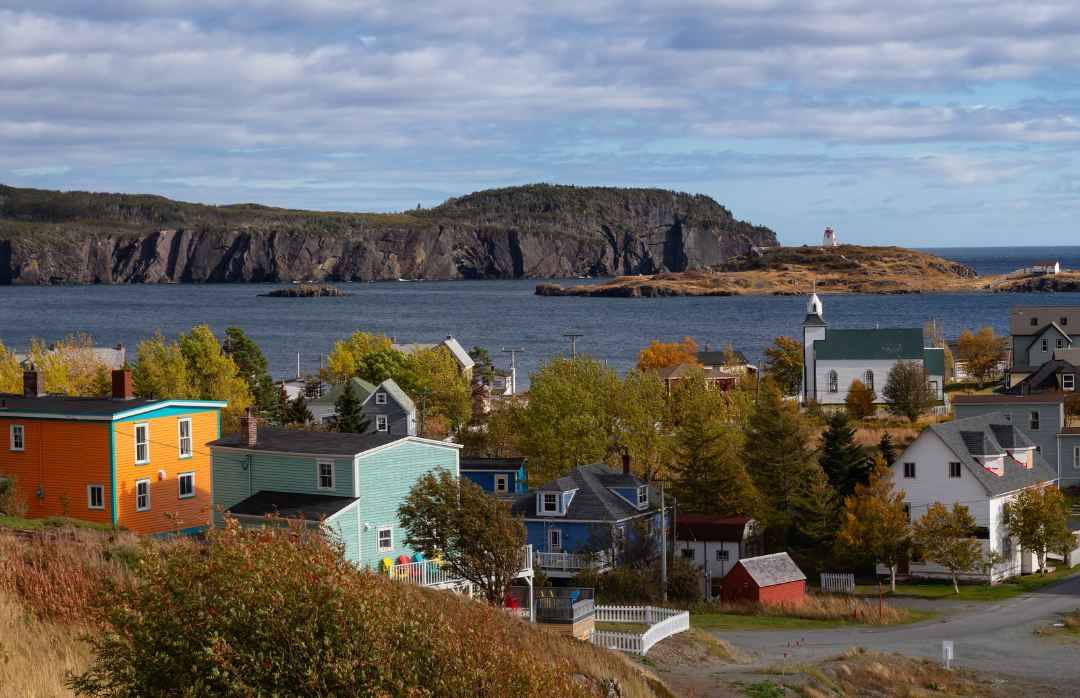For the first time since the early days of the COVID-19 public health crisis, residential property prices are coming down in the Canadian real estate market. Whether you call it a correction or a downturn, prospective homeowners might be finding housing affordability options across the country.
According to the Canadian Real Estate Association (CREA), national home sales tumbled 3.3 per cent month-over-month in November, and average prices declined 4.4 per cent year-over-year to $632,802. When the Greater Toronto Area and the Greater Vancouver Area are removed from the equation, the national average price is slightly more than $500,000. This is way down from the peak of more than $800,000 earlier this year.
But while affordability may be returning to some regions, certain housing markets remain highly elevated. For example, the average selling price in the Toronto real estate market is north of $1 million. The same situation is seen in the Vancouver housing sector. With that being said, there is a growing list of cities where one can purchase property without blowing the budget.
So, where are some of Canada’s most affordable housing markets?
A Spotlight on Canada’s Most Affordable Housing Markets
Here are five of Canada’s most affordable housing markets today:
#1 Newfoundland and Labrador
The entire province has plenty of homes that fit within the financial constraints of families, even in St. John’s.
Data from the Newfoundland and Labrador Association of REALTORS® show that the MLS® Home Price Index (HPI), which is considered more accurate than average or median price measurements, was $280,200 in November. This is up 6.6 per cent from the same time a year ago. The average selling price climbed more than five per cent year-over-year to $283,049, and the year-to-date average price was still below $300,000.
Here are the different residential property categories in the Newfoundland and Labrador real estate market:
- Single-Family: +6.5 per cent to $281,700
- Townhouse: +1.9 per cent to $267,800
- Apartment: +16.8 per cent to $234,900
The St. John’s real estate market recorded gains, but they were still within the level of affordability. The overall HPI composite benchmark price for homes in St. John’s advanced nearly seven per cent to a little more than $318,000.

#2 Moncton, New Brunswick
When it comes to municipalities, Moncton has been vying for the top title of the most affordable housing market in Canada in 2022. But what do the latest numbers show?
According to the Greater Moncton REALTORS® du Grand Moncton, the HPI benchmark price spiked at an annualized pace of 12.8 per cent to $310,400. The notable increase comes as residential property sales tanked 31 per cent from November 2021 and were 13.6 per cent below the five-year average.
Homebuyers were interested in all types of properties in the Moncton real estate market:
- Single-Family: +12.4 per cent to $311,900
- Townhome: +21.4 per cent to $256,000
- Apartment: +22.7 per cent to $305,600
“Sales activity will be recording outsized year-over-year declines for the near future until at least after spring 2023 as we move past the incredible strength that was present in our market from mid-2020 through the spring of this year. That said, home sales are holding up incredibly well compared to other markets in the country and November actually posted the third best level for this month on record,” said Mike Power, President of the Greater Moncton REALTORS® du Grand Moncton, in a statement. “New listings have been posting fairly solid levels and have helped raise overall inventories from their record lows earlier this year. However, overall supply levels are still quite subdued by historical standards and our housing market has much more room to absorb excess inventory should demand soften in response to the ever-increasing interest rates.”
#3 Red Deer, Alberta
The Red Deer real estate market has remained above $300,000 for most of 2022 as price growth has decreased. Many Albertan residents are finding other places in the province to plant new roots and hang their hats, which might explain why home valuations have been stable.
Here is a rundown of how the central Albertan town performed in November, courtesy of the Central Alberta Realtors Association (CARA):
- Residential Sales: -6.5 per cent to 116 units
- Average Sale Price: +1.1 per cent to $332,885
- Average Days to Sell: – 20 per cent to 50 days

#4 Thunder Bay, Ontario
Toronto, Hamilton and Ottawa heavily sway the Ontario real estate market. As a result, provincial home prices might be elevated, which may deter households from purchasing a property. However, there are places to buy across the province that suit middle-class budgets, including the Thunder Bay real estate market.
The latest data from September 2022 suggest that the median sale price for single detached homes advanced nearly nine per cent to $315,000, according to Thunder Bay Real Estate Board. In the first nine months of 2022, the median price soared 12.5 per cent year-over-year to $326,000.
#5 Regina, Saskatchewan
Sales activity in the Saskatchewan housing market has been robust compared to 10 years ago. Despite the recent slowdown in demand, the province in the heart of the Prairies remains appealing for homebuyers, thanks to prices that are considerably lower than other places in Canada. Regina’s real estate market, for example.
The benchmark price for a home in Saskatchewan was $324,900 in November, down three per cent from a year ago, numbers from the Saskatchewan Realtors Association (SRA) revealed. In the Regina real estate market, the benchmark price edged up slightly to $317,800.
Association CEO Chris Guérette noted that the province is faring better than the rest of the country. Still, higher interest rates and broader market uncertainty are beginning to weigh on Saskatchewan and various municipalities, Guérette added.
Since prices did not explode during the pandemic-era boom, there is an abundance of housing opportunities across the province.
Courtesy: remax.ca


Leave A Comment